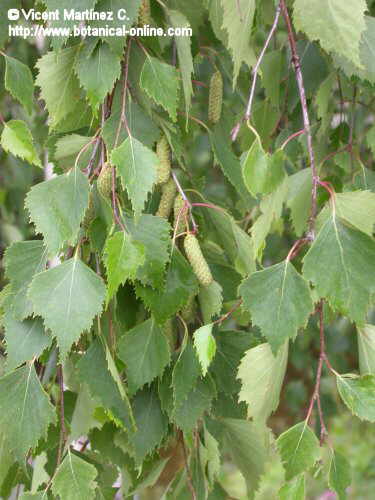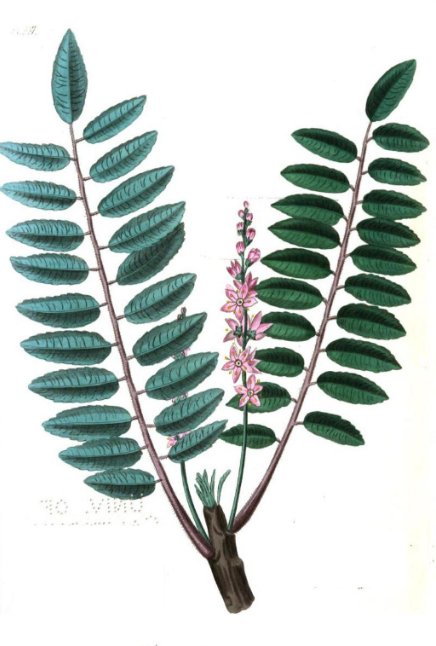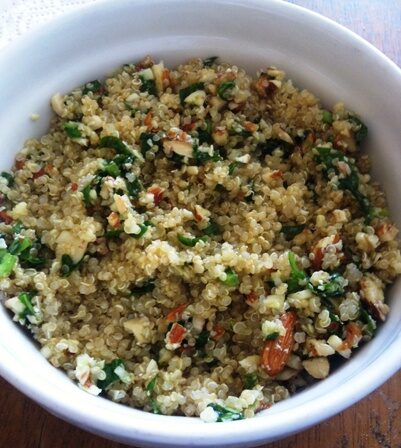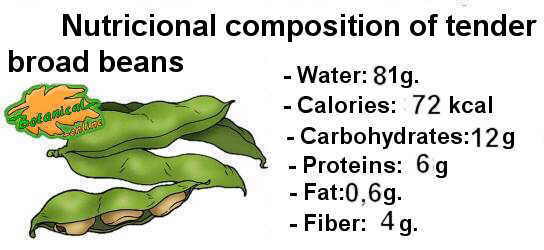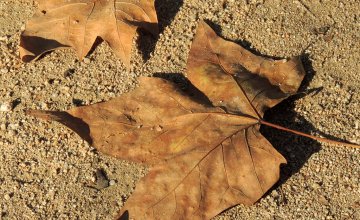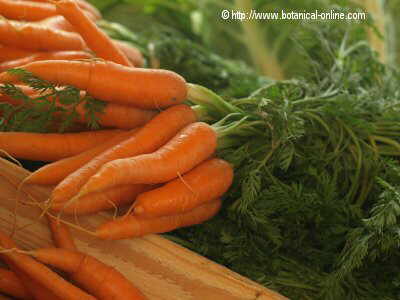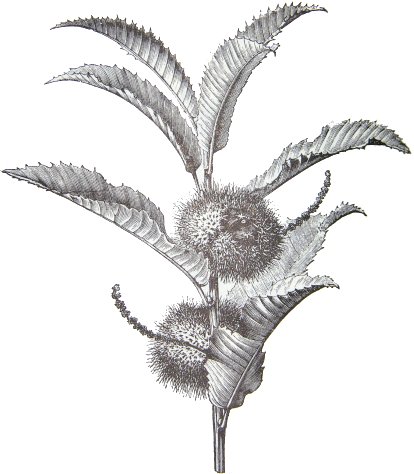Contents
HOW TO GROW MATE
 Mate characteristics
Mate characteristics
– Evergreen tree up to 18m.
– Leaves are alternate and oval, 5-18cm long; 7.2 wide. Limbo glabrous, bright green. The margins are serrated and the apex obtuse.
– It is a dioecious plant, so there are male trees and female trees. It is believed that male trees are more productive.
– Inflorescence in axillary racemes of 3-11 flowers.
– Flowers 4-5 petals and sepals them, whitish.
– Mate fruit is a nut with 4-5 pyrenes.
 Mate climate and soil
Mate climate and soil
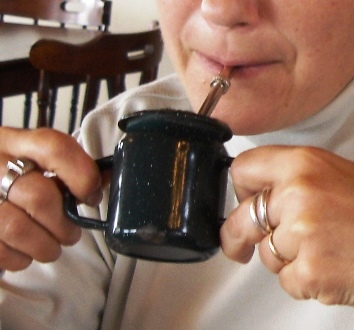
Photo of mate such as it is traditionally consumed
- Tropical or subtropical climates.
- The crop must be located near a well, river, spring or stream.
- Soil type: deep, well drained, clay texture.
- Acidic soil with a pH between 4.5 and 5.5
- Fertile soils rich in organic matter.
 Mate cultivation tasks
Mate cultivation tasks
- Till the field deep (1 1.5 m.)
- Preparation of seed: Put them into water and the weight difference will make the nongerminative ones to float.
- Use fungicide suitable for seed saving
- Plant in winter (February-April), after collecting the seeds from crops. They quickly lose their ability to germinate and should be planted soon after being harvested.
- Choose fruit seeds healthy, good looking and uniform. There are trees adapted to every kind of weather, so you should consider this aspect.
- Seed stratification. Press the soil lightly to compact the ground seeds and cover it with 1cm mulch. Germination occurs at 3 months.
- It is recommended to associate mate with grasses (reed canary, oats,…) or legumes (alfalfa, sweet clover,…) to improve soil conditions and promote the growth of crops.
 Diseases and pests of mate
Diseases and pests of mate
- Hedypathes betulinus: pest that affects mate cultivation. This insect larva form galleries inside the branches, which are dried and consequently lose their leaves (tea production decreases). The sawdust resulting from the galleries, that this insect dugs in the trees, is visible.
- Gyropsylla spegazziniana: insect that lays eggs on the leaves of the plant. The female mother inserts liquid into the nerve which causes the characteristic leaf winding. The larvae live in the ground for 1 month and cause deterioration of the quality of the leaves.
![]() More information on mate.
More information on mate.
This article was endorsed by Julián Masats - Technical agricultural engineer specialized in horticulture and gardening.

 Mate climate and soil
Mate climate and soil